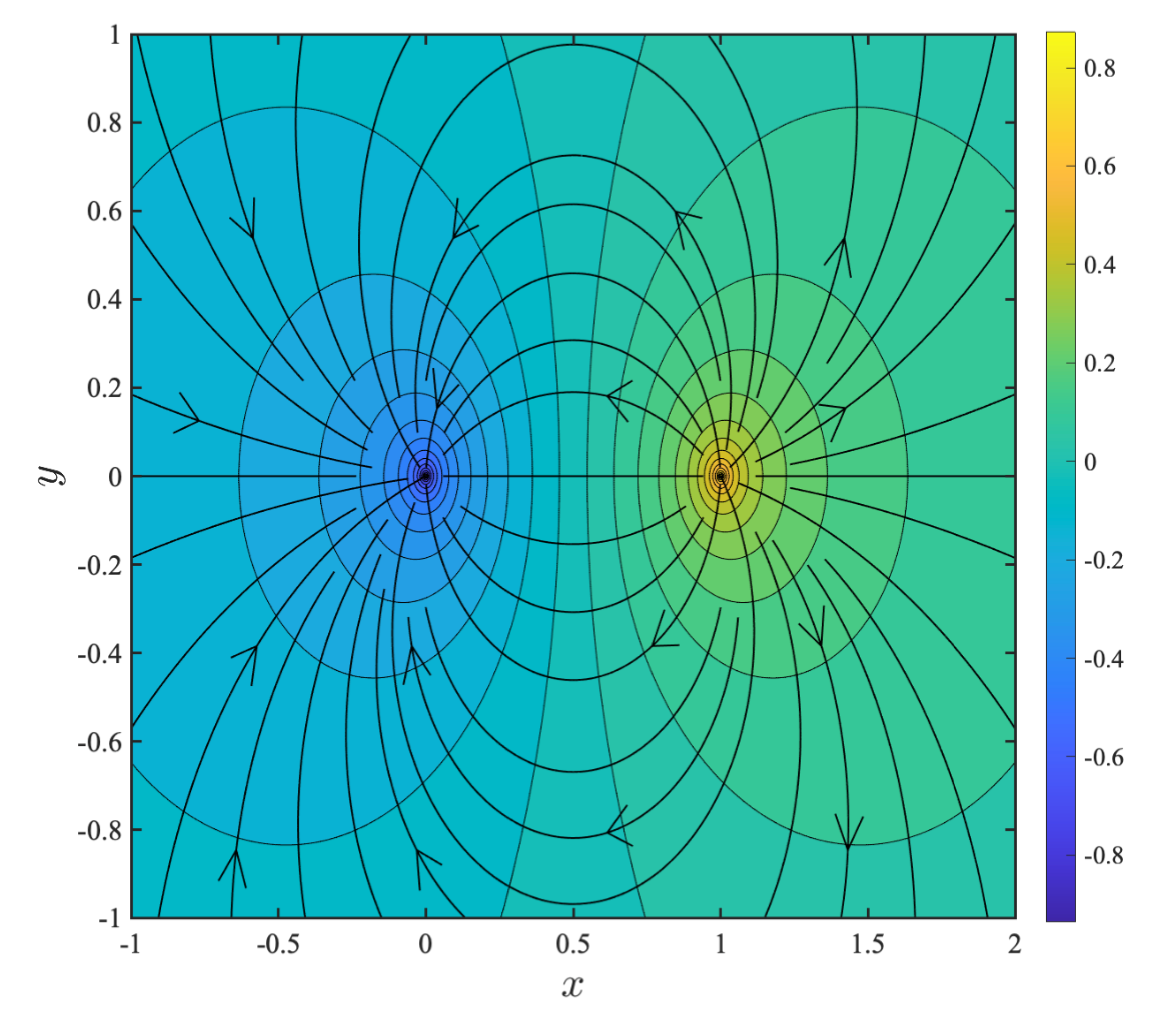PORE 1-2: Introduction to Single Phase Flow and Transport in Porous Media
This course aims to provide a foundational understanding of flow and transport in porous media, emphasizing its broad applications across various fields, including energy, hydrology, geothermal systems, and the emerging areas of carbon sequestration and hydrogen storage.
The course is an attempt to present the fundamentals of flow and transport in porous media, motivated by its applications in many fields, including energy, hydrology, geothermal, and, more recently, carbon sequestration and hydrogen storage. The primary goal is to provide tools to understand what’s going on “behind the scenes” of the continuum description of flow in porous media. Starting from first principles, we will go through the microscopic and macroscopic levels of description, introducing the concept of representative elementary volume. Then, we will present the equation of motion, starting from the classical Darcy’s experiment and reviewing its generalization to three-dimensional flow. Analytical solutions to the equation of motion will be used to get familiar with the estimation of fluxes in homogenous materials. Finally, we will describe the fundamentals of hydrodynamic dispersion (also known as Aris-Taylor dispersion), namely the spreading of a scalar in a porous medium. First, we recall that a scalar can be transported through two fundamentally different mechanisms (advection and diffusion), discussing the key features of the one-dimensional advection diffusion equations. Then we will look into the classical theory of Aris-Taylor and discuss its ramifications for practical applications.
Course Dates: Please note that a new date for this course has not yet been set.
Lecturer
Davide Picchi is an Associate Professor in the Department of Mechanical and Industrial Engineering at the University of Brescia. His background is in theoretical thermal-fluid sciences, and his research integrates theory development and experiments to investigate transport phenomena in multiphase flow and complex fluids in confined environments. Before going back to the University of Brescia, he was a postdoc in the group of Prof. N. Brauner at Tel Aviv University and in the group of Prof. Ilenia Battiato at Stanford University. He
received his Ph.D. in mechanical engineering from the Università degli Studi di Brescia (Italy).
Duration: 12 hours total (3 hours per session)
Location: Online
Dates: The course last took place on Tuesday from October 29 through November 19th, 2024. The dates were as follows.
• Tuesday, October 29th (17:00-20:00 Central European Time)
• Tuesday, November 5th (17:00-20:00 Central European Time)
• Tuesday, November 12th (17:00-20:00 Central European Time)
• Tuesday, November 19th (17:00-20:00 Central European Time)


